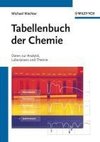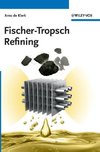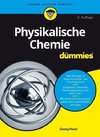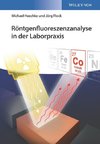
Coatings
Source: Wikipedia. Pages: 93. Chapters: Aircraft dope, Alkyd, Anodizing, Anti-climb paint, Anti-graffiti coating, Biomimetic antifouling coating, Black oxide, Bluing (steel), BodyGuardz, Bresle method, Carbonyl metallurgy, Cathodic arc deposition, Chameleon... Viac o knihe
Produkt je dočasne nedostupný
23.32 €
bežná cena: 26.50 €
O knihe
Source: Wikipedia. Pages: 93. Chapters: Aircraft dope, Alkyd, Anodizing, Anti-climb paint, Anti-graffiti coating, Biomimetic antifouling coating, Black oxide, Bluing (steel), BodyGuardz, Bresle method, Carbonyl metallurgy, Cathodic arc deposition, Chameleon coating, Chemical vapor deposition, Chromate conversion coating, Coelan Marine Coatings, Combustion chemical vapor deposition, Curtain Coating, Diamond-like carbon, Dip-coating, Electrostatic spray assisted vapour deposition, Enamel paint, Enteric coating, Environmental impact of paint, European Coatings Journal, Extrusion coating, Food coating, Fusion bonded epoxy coating, Gas dynamic cold spray, Gold plating, Herbol, High-power impulse magnetron sputtering, Hot-dip galvanizing, Industrial coating, Industrial finishing, Ion Layer Gas Reaction, Kinetic Monte Carlo surface growth method, Lacquer, Lunac (alloy and trans-ceramic coatings), Madapolam, Mechanical plating, Metallizing, Optically active additive, Painterwork, Painting With Fire, Paint adhesion testing, Paint sealant, Parkerizing, Pearlescent coating, Persoz pendulum, Phosphate conversion coating, Physical vapor deposition, Plasma transferred wire arc thermal spraying, Polyurethane, Protective finishing coat, Pulsed Gas Dynamic Spray Process, Pyrolytic chromium carbide coating, Resputtering, Rugosity, Rust converter, Salt spray test, Silicate mineral paint, Solution precursor plasma spray, SSPC-SP13/NACE No. 6, Stone sealer, Tinning, Vacuum coating, Vacuum metallizing, Vernis Martin, Vitreous enamel, Water based pipe coating, Whitewash, Xylan (coating). Excerpt: Polyurethane (PUR and PU) is a polymer composed of a chain of organic units joined by carbamate (urethane) links. While most polyurethanes are thermosetting polymers that do not melt when heated, thermoplastic polyurethanes are also available. Polyurethane polymers are formed by reacting an isocyanate with a polyol. Both the isocyanates and polyols used to make polyurethanes contain on average two or more functional groups per molecule. Polyurethane products often are simply called "urethanes", but should not be confused with ethyl carbamate, which is also called urethane. Polyurethanes neither contain nor are produced from ethyl carbamate. Polyurethanes are used in the manufacture of flexible, high-resilience foam seating; rigid foam insulation panels; microcellular foam seals and gaskets; durable elastomeric wheels and tires (such as roller coaster wheels); automotive suspension bushings; electrical potting compounds; high performance adhesives; surface coatings and surface sealants; synthetic fibers (e.g., Spandex); carpet underlay; hard-plastic parts (e.g., for electronic instruments); hoses and skateboard wheels. Otto Bayer and his coworkers at I.G. Farben in Leverkusen, Germany, first made polyurethanes in 1937. The new polymers had some advantages over existing plastics that were made by polymerizing olefins, or by polycondensation, and were not covered by patents obtained by Wallace Carothers on polyesters. Early work focused on the production of fibres and flexible foams and PUs were applied on a limited scale as aircraft coating during World War II. Polyisocyanates became commercially available in 1952 and production of flexible polyurethane foam began in 1954 using toluene diisocyanate (TDI) and polyester polyols. These materials were also used to produce rigid foams, gum rubber, and elastomers. Linear fibers were produced from hexamethylene diisocyanate (...
- Vydavateľstvo: Books LLC, Reference Series
- Formát: Paperback
- Jazyk:
- ISBN: 9781157317241


 Anglický jazyk
Anglický jazyk 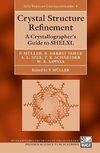

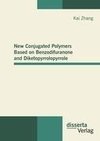
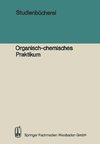
 Nemecký jazyk
Nemecký jazyk 

